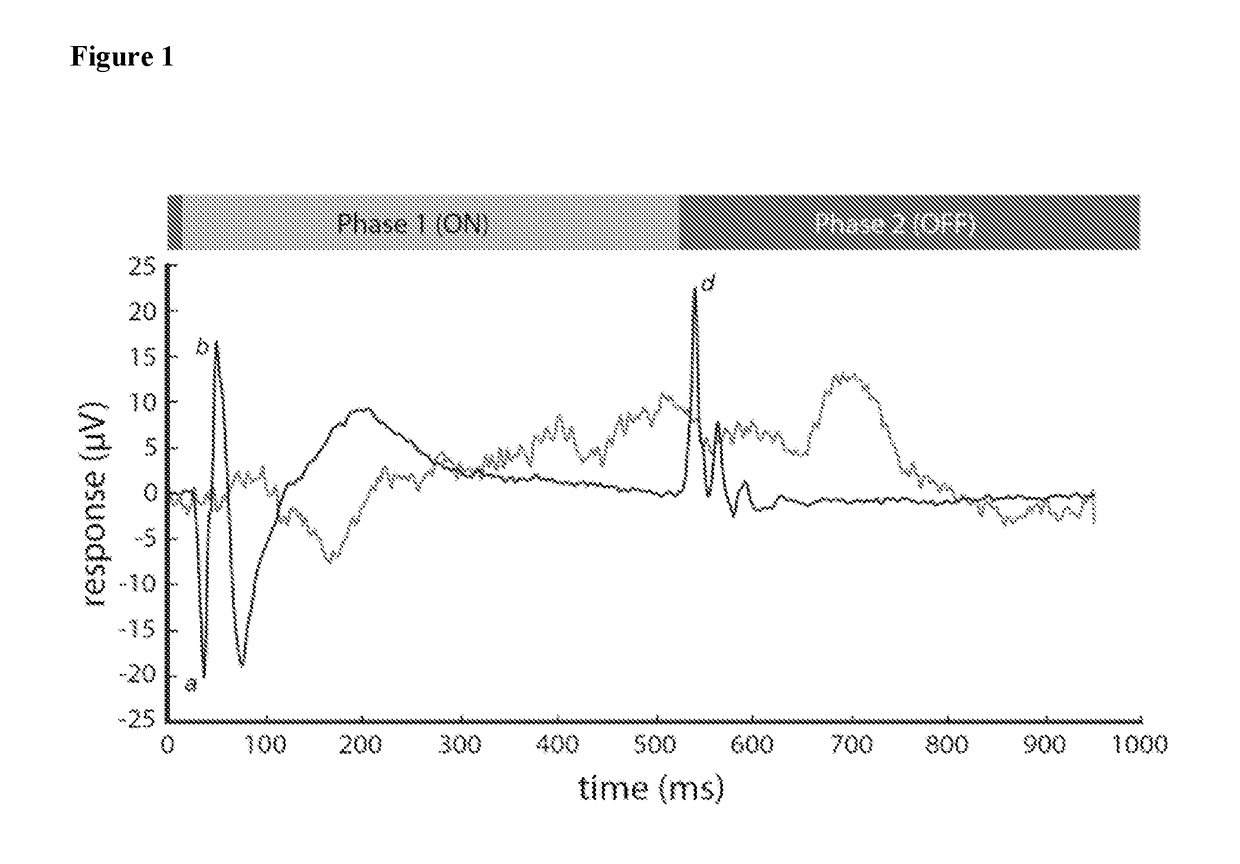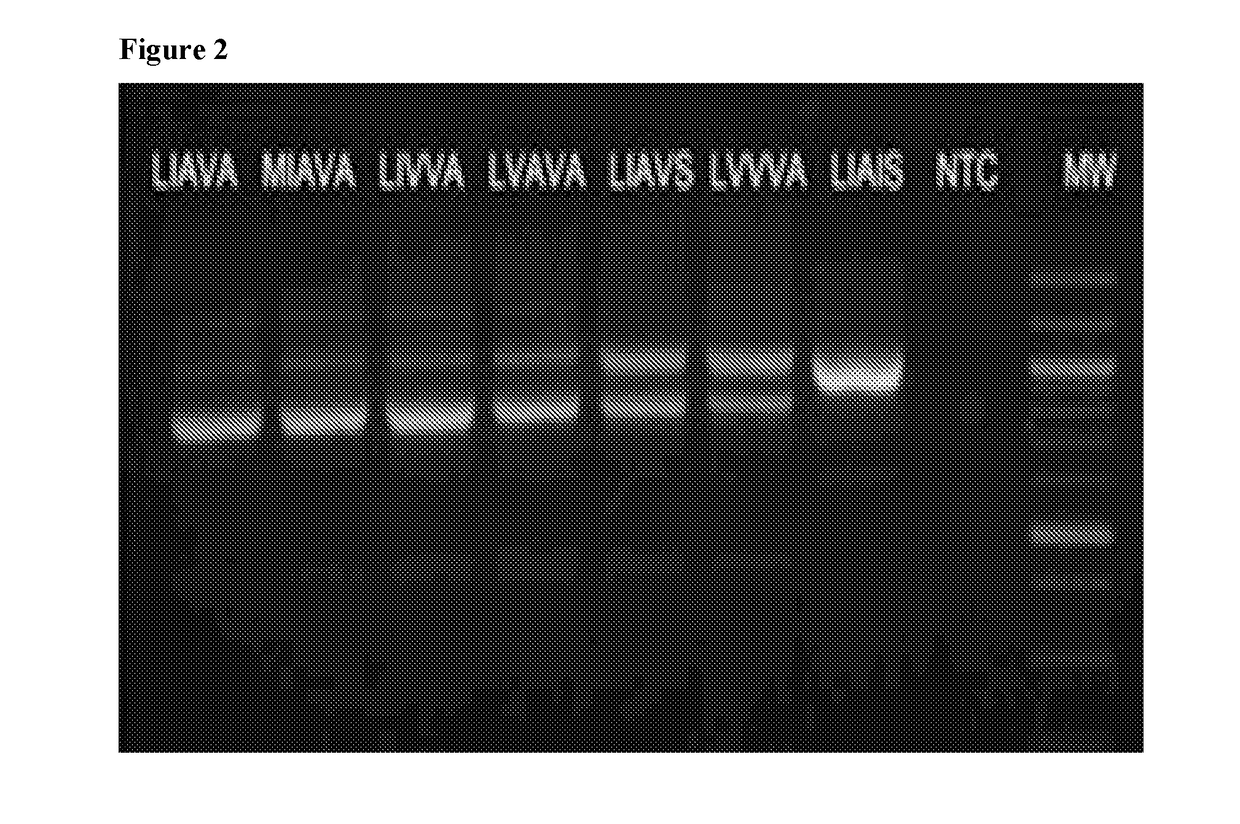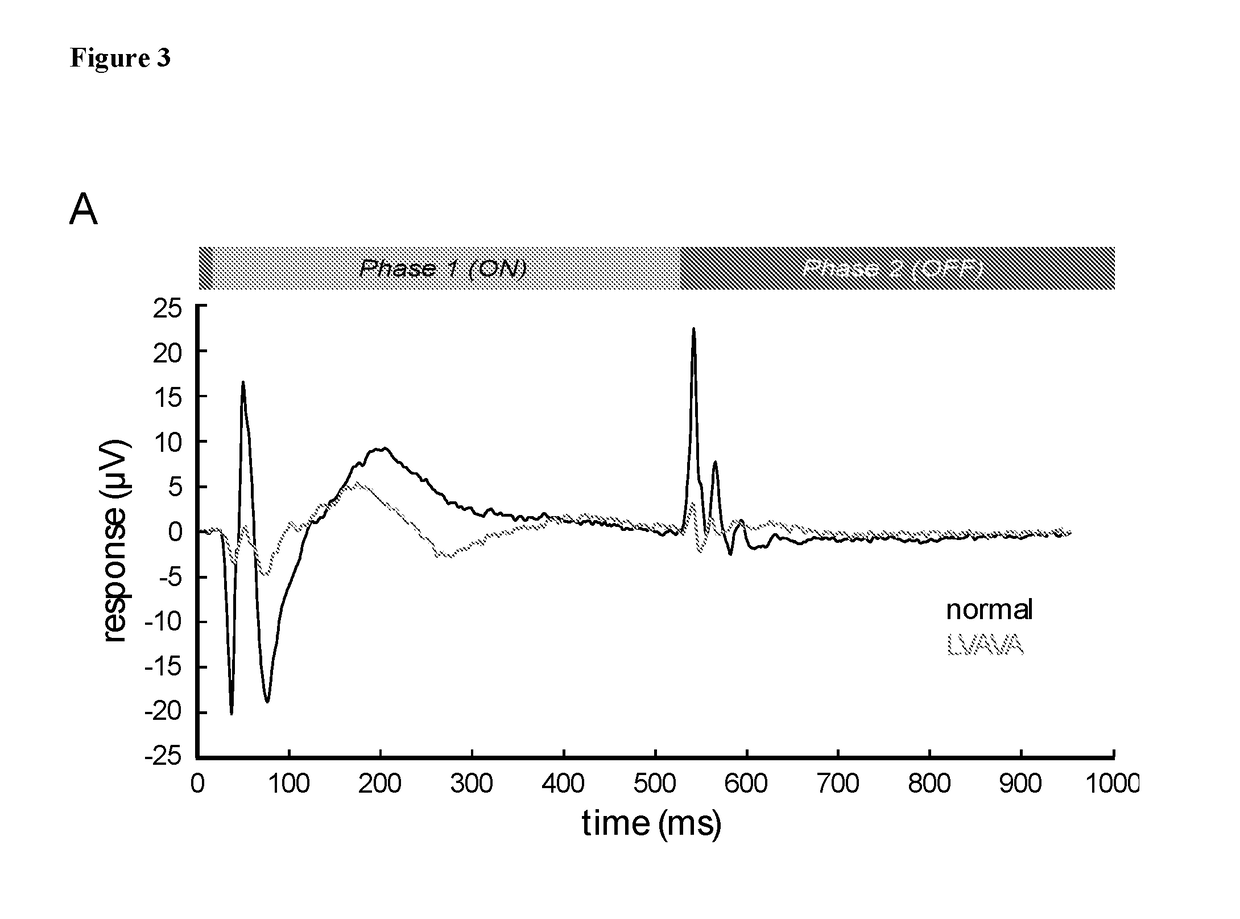Methods and reagents for predicting predisposition to refractive error
a technology of predisposition and reagents, applied in the field of methods and reagents for predicting predisposition to refractive error, can solve the problems of inability to detect exon 3 from the final, and the impact of splicing errors in the l and m cone opsin genes on refractive error,
- Summary
- Abstract
- Description
- Claims
- Application Information
AI Technical Summary
Benefits of technology
Problems solved by technology
Method used
Image
Examples
examples
Introduction
[0083]Many human diseases involve gene-splicing errors, including cystic fibrosis, Duchenne muscular dystrophy, and retinitis pigmentosa. Recently, Ueyama et al (Biochem Biophys Res Commun, 424, 152, 2012) found that variants of the cone opsin genes associated with red-green color vision deficiency led to splicing errors that resulted in the absence of exon 3 from the final mRNA. The human L and M opsin genes are highly variable and we designed an assay to survey opsin gene variants to identify those associated with exon 3 splicing defects. In addition, among the variants associated with exon skipping we sought to quantify the fraction of mRNA that contains normal full-length message compared to message in which exon 3 was skipped.
[0084]We designed a minigene test in which HEK293 cells were transfected with a plasmid containing the full length opsin sequence with introns removed except for the two flanking exon 3. mRNA was harvested and used to produce cDNA. For the next...
PUM
| Property | Measurement | Unit |
|---|---|---|
| Length | aaaaa | aaaaa |
| Error | aaaaa | aaaaa |
Abstract
Description
Claims
Application Information
 Login to View More
Login to View More - R&D
- Intellectual Property
- Life Sciences
- Materials
- Tech Scout
- Unparalleled Data Quality
- Higher Quality Content
- 60% Fewer Hallucinations
Browse by: Latest US Patents, China's latest patents, Technical Efficacy Thesaurus, Application Domain, Technology Topic, Popular Technical Reports.
© 2025 PatSnap. All rights reserved.Legal|Privacy policy|Modern Slavery Act Transparency Statement|Sitemap|About US| Contact US: help@patsnap.com



